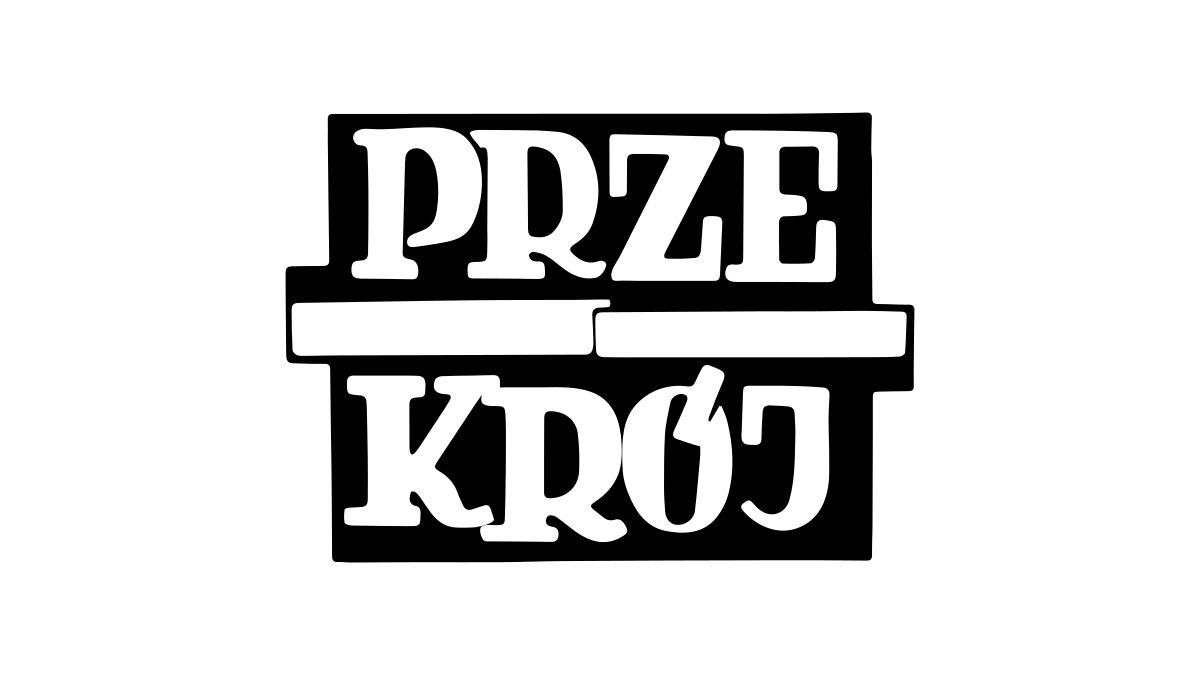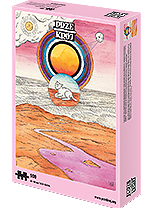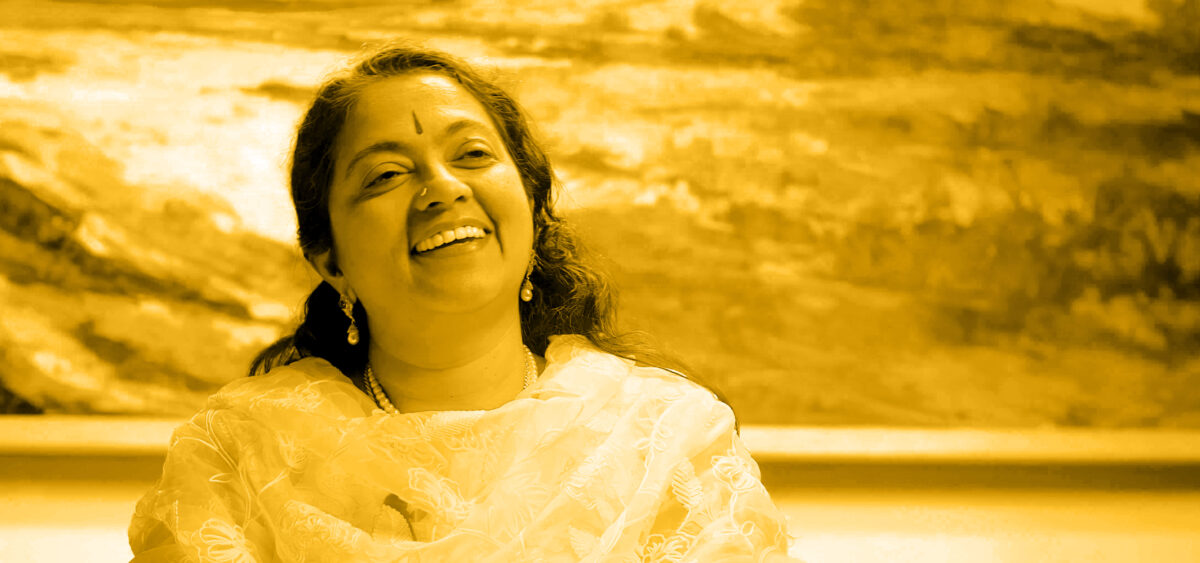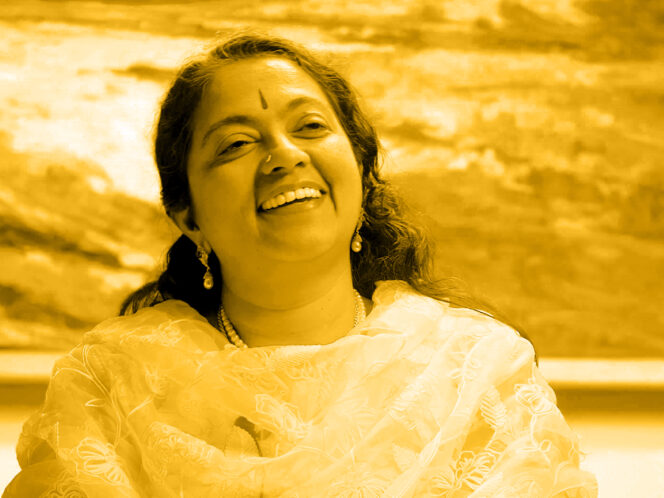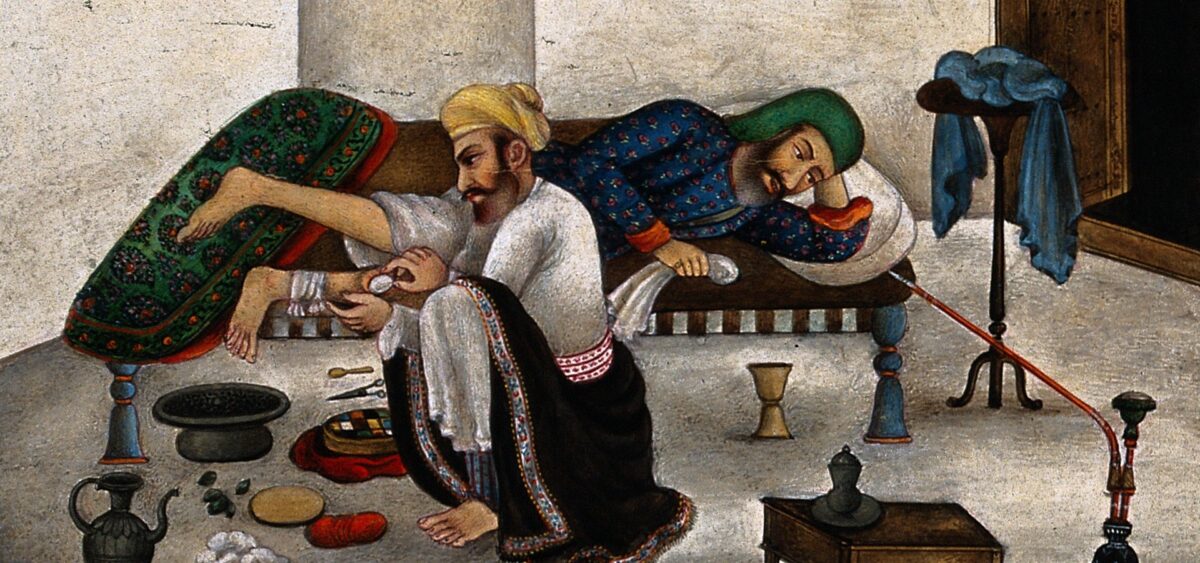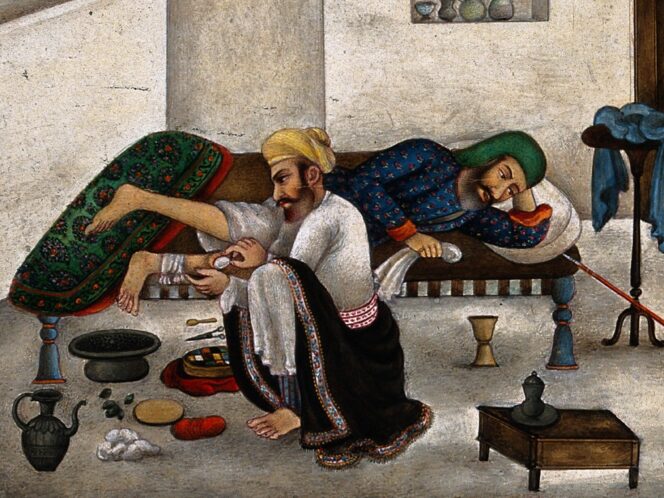
Imagine that all it takes is a ten-second gentle touch to set off or cure ailments like headaches. “It’s possible,” says Ayurvedic doctor Nisha Manikantan in conversation with Agnieszka Rostkowska.
Ayurveda, the art of healthy living from India, is gaining more and more adherents around the world. It’s a small wonder: this holistic system presupposes that we ourselves have the greatest impact on our health, and by using simple techniques we can improve our well-being. These include marma therapy, which involves putting delicate pressure on certain points on the body, setting in motion natural mechanisms to restore both physical and mental balance.
Agnieszka Rostkowska: Every fall sees the celebration of Ayurveda Day. This holiday was established seven years ago in India, and gains traction with every passing year. What’s it like?
Nisha Manikantan: Ayurveda Day is celebrated around the anniversary of the god of medicine, Dhanvantari; this year it falls on November 11. The biggest ceremonies take place in New Delhi, where the All India Institute of Ayurveda was first established in 2016, on the day the holiday was created, to develop and popularize this system. They publish the Journal of Ayurveda Case Reports, a
